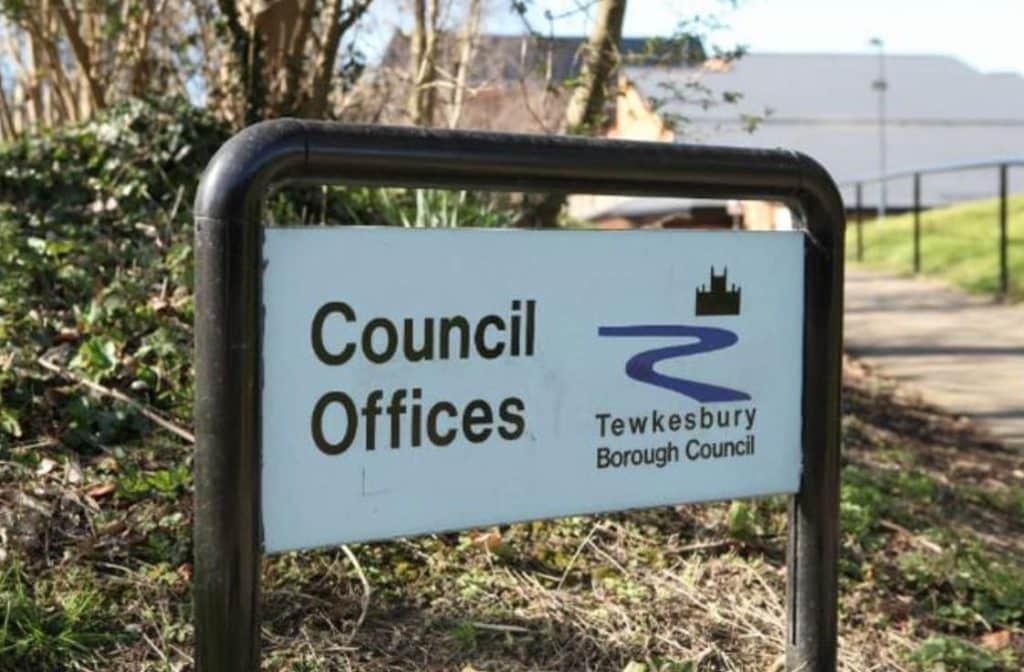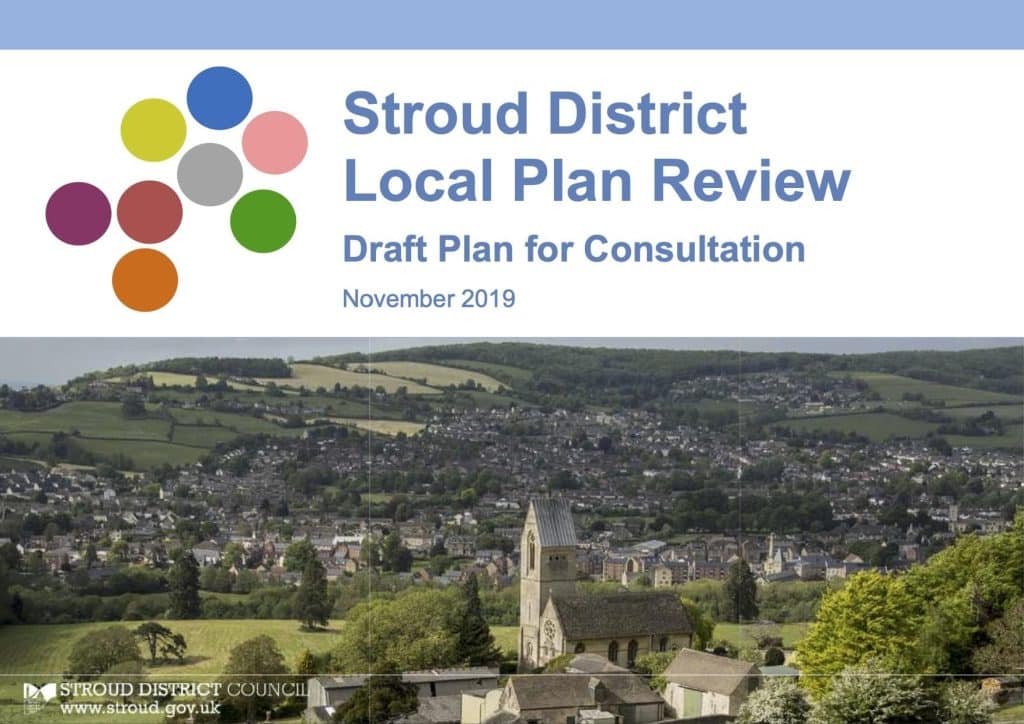Planning for the Future was published in early March in response to the recent budget. It is a clear statement on the Government’s aspirations for reform of the planning system.
This article looks at some of the key messages on delivering more homes. The central message of the document is more homes are needed and barriers need to be removed to enable more people to get onto the housing ladder. The Government wants to put an end to children “being priced out and forced to move away” from the places they grew up in.
Here are a few key points about what this will mean.
- The planning process is seen as “complex, out-of-date and fails to deliver enough homes where they are needed”. The Government will publish a White Paper and further reform of the planning system is inevitable.
- There is a clear commitment to delivering 300,000 homes each year and this will see the Local Housing Need formula being reviewed. Interestingly, a “new approach” is intimated for “building within and near to urban areas”. What this will mean for planning is not clear, but it does show that it’s not just brownfield development, but also greenfield too.
- Requiring all LPAs to have an up-to-date Local Plan by December 2023. This is ambitious, especially given that Councils are struggling with preparing reviews of Local Plans and the uncertainty about the Local Housing Need formula.
These are very ambitious aspirations and it will be interesting to see how the Government brings this into practice. However looking beyond these locked-in and locked-down times, the future for housebuilding certainly looks bright.









